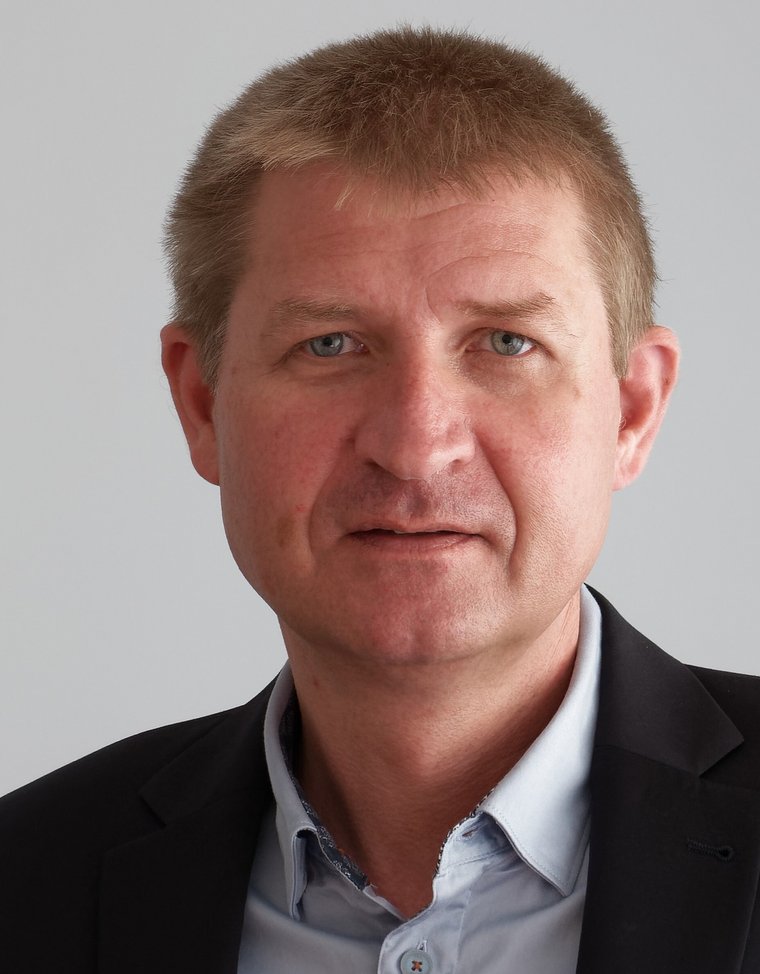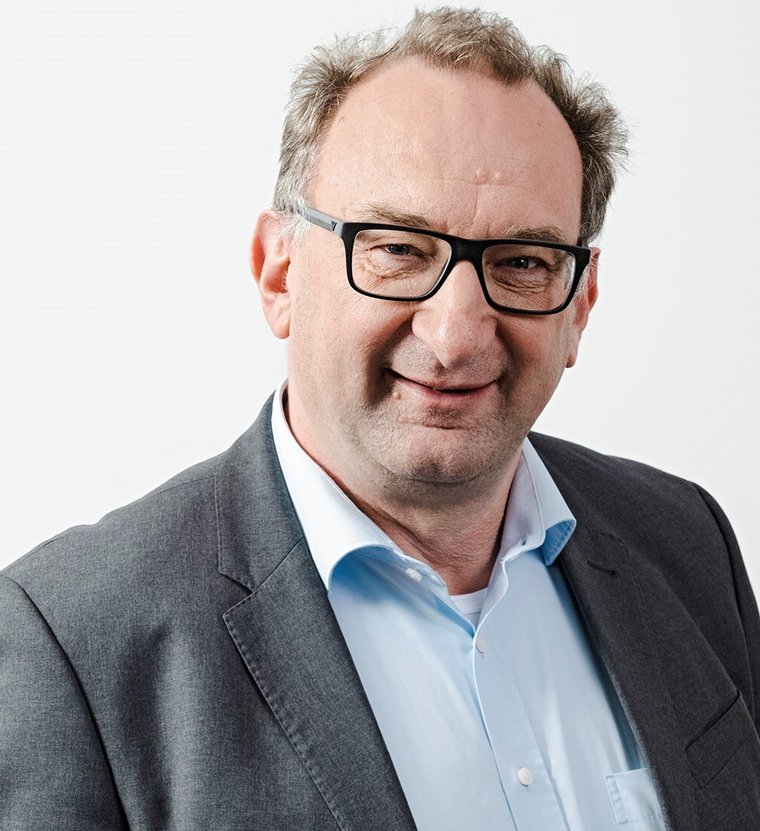This is important because people often associate agility with chaos, but in fact it is the opposite. With an agile approach, you are more transparent, more flexible, more structured, and more efficient. Agility is pure structure – if executed correctly. To do this, you must first establish the iterative process and goals. Then you do the same thing over and over again, setting up tasks to implement new functionality, defining acceptance criteria, developing the new functionality, and evaluating whether or not your goals have been met. And if not, how do we change that?
Product development projects can span three years, which sometimes leads to procrastination – what we call the “lazy student syndrome.” When you have three years, you always think you have loads of time. Breaking the project into smaller iterations helps create focus and build a sustainable working pace. This approach benefits employees because they can track the progress of their work through each iteration.
I should stress that the point here isn’t to expose employees who fail to meet targets; rather, it’s about understanding why the targets were not achieved. We then use that insight to improve our planning until we find the right rhythm.
Dr. Schachtner: When adopting agile practices, it’s important to have a master project plan. It needn’t be overly detailed, but it should guide our projects. For instance, if we anticipate testing in nine months, we should start preparing today. Agile teams need to be able to adapt every few weeks. However, without a plan, we might progress quickly but not necessarily in the right direction. Hence, this master project plan provides the structure within which we apply the agile approach.






